How Often Should You Change Your Golf Ball?
Ever wondered how often you should change your golf ball? Here, we take a look and find out.
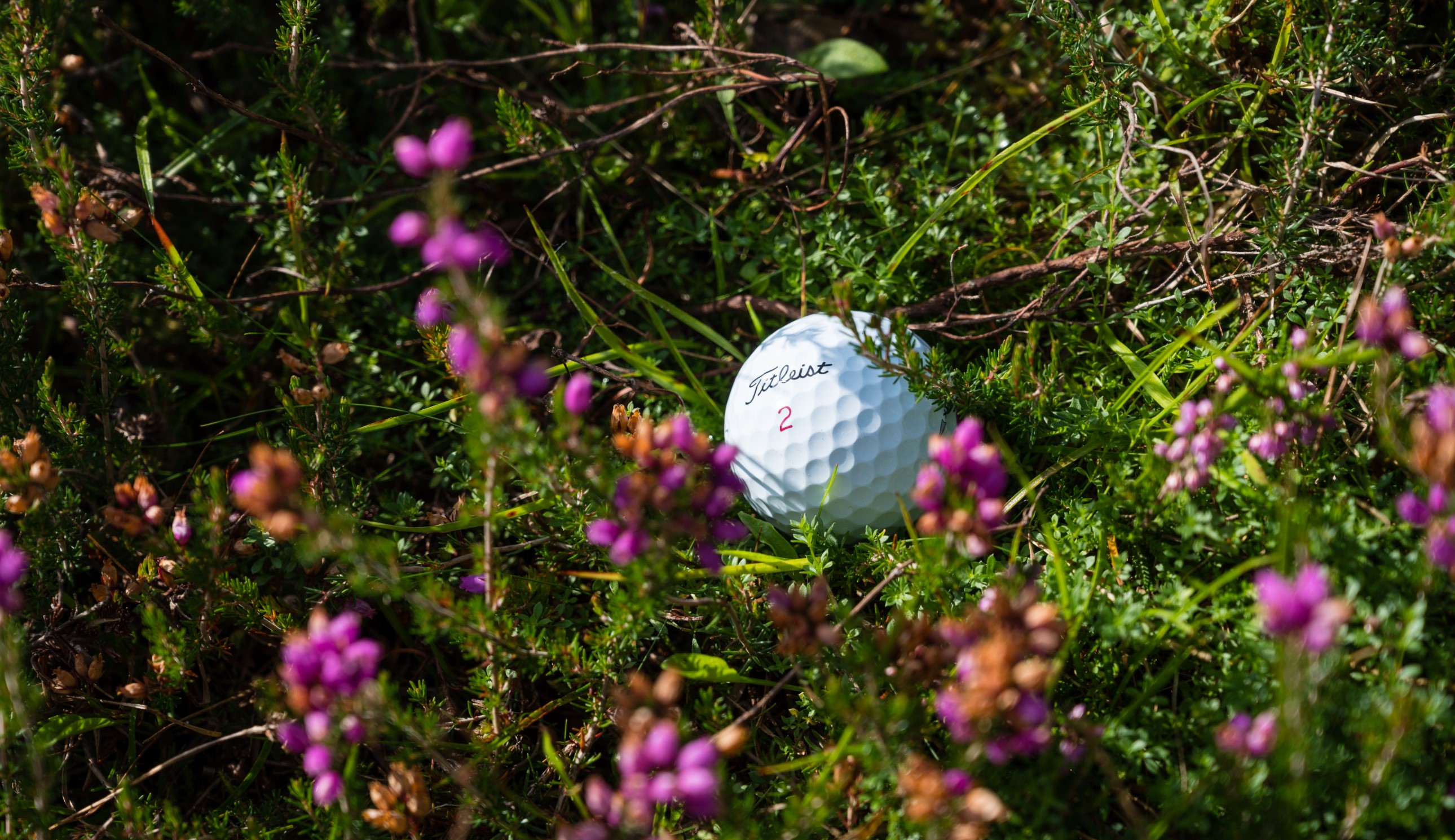

Joe Ferguson
For some it’s a regular routine, for others it’s a simple case of only letting go once the ball is lost. But how often should you change your golf ball? What should you be looking out for and how badly do scuffs and cut marks affect performance? We take a look…
The most simple answer to the question of how often should you change your golf ball is that there are no set rules. Some Tour players change their ball after a certain number of holes, but the truth is, this is more based on superstition than the diminishing quality of the ball itself.
The chances are that an amateur doesn’t do this and instead will keep their golf ball in play for longer than the players on Tour. Partly because they aren't too focused on the brand of the golf ball, but also because of the cost of changing your ball frequently.
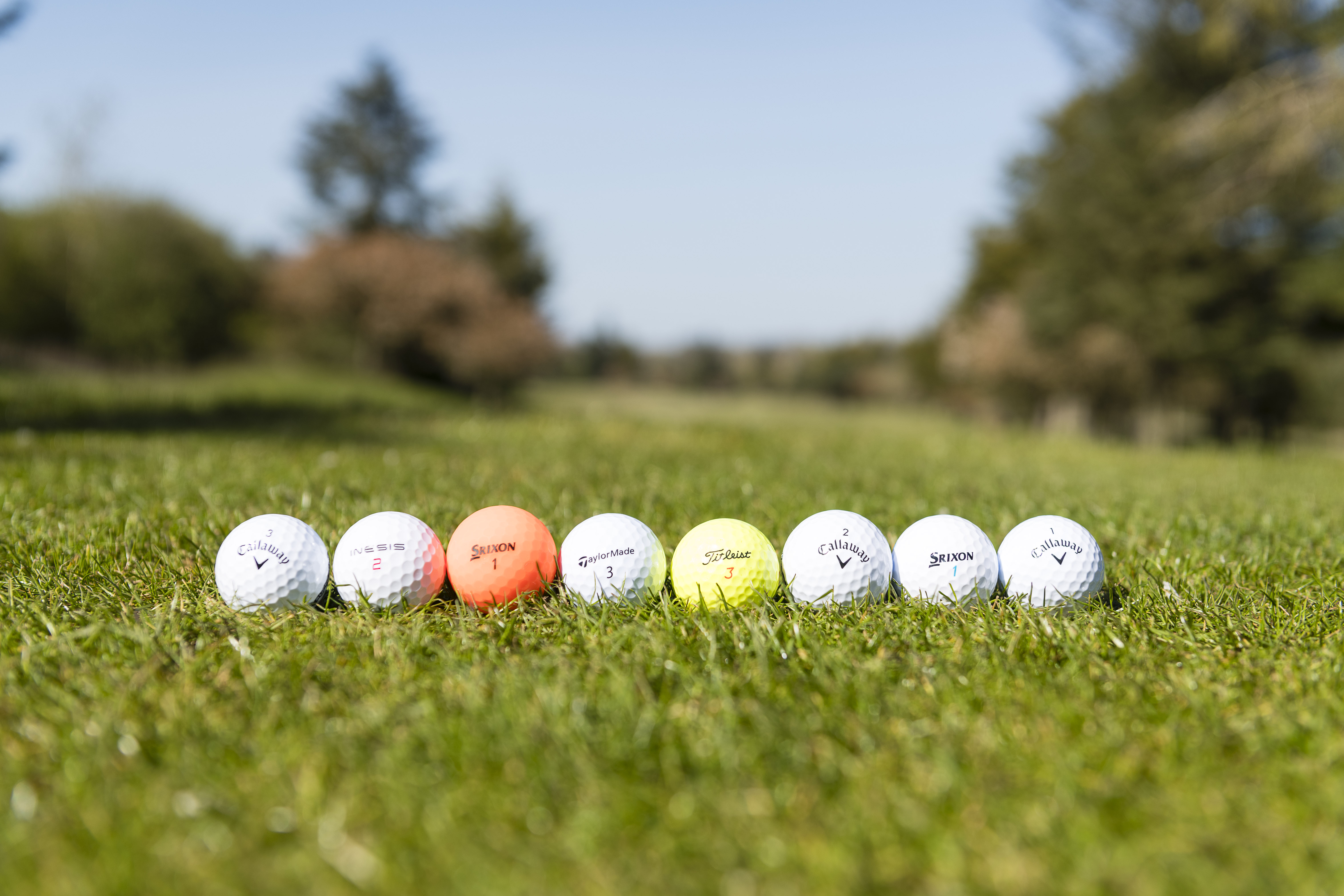
Most amateurs will use a different variety of ball, whereas professionals will stick with one make.
In recent years, equipment manufacturers have made major strides to improve durability, with the best golf balls lasting significantly longer. The days of catching an approach shot slightly thin and seeing a smiley face on your Balata are well and truly gone.
Nowadays, golf balls can withstand a multitude of different strikes and environments. Better paint finishes and more robust construction make modern golf balls far more resilient. However, there are some unavoidable marks to look out for…
How do scuff marks affect the performance of a golf ball?
More often than not these occur when the ball comes into contact with a tree or road. However, golf balls can scuff when they come into contact with wedges during pitch or bunker shots. The sharp grooves, combined with the length of time the ball stays on the face, can roughen the surface of the ball.
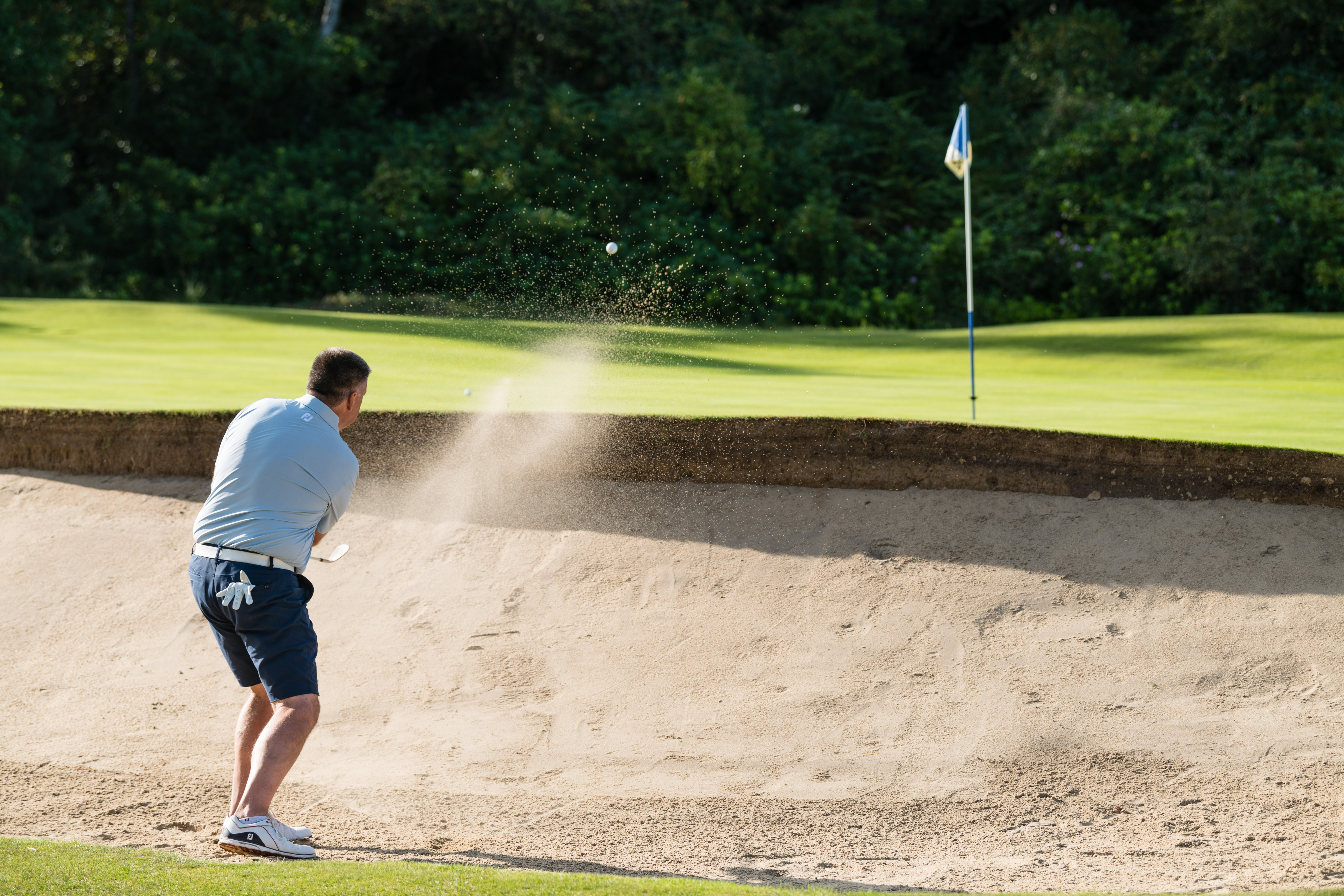
Just a single bunker shot can cause a scuff to your golf ball
Either way, a scuff mark is not necessarily a sign the ball needs to be removed from play. Our advice would be to clean the ball and then see how bad it looks.
Get the Golf Monthly Newsletter
Subscribe to the Golf Monthly newsletter to stay up to date with all the latest tour news, equipment news, reviews, head-to-heads and buyer’s guides from our team of experienced experts.
Play with it for a hole or two and you are likely to find the scuff mark does not affect the performance of the ball. Take a close look at it and, of course, if the ball is out of shape, swap it, otherwise a scuffed ball is not necessarily a reason to change it.
Do cut marks affect the performance of a golf ball?
Cut marks, usually caused by thinned iron shots, are more problematic. The good news is, these are very rare. Thinned chip or pitch shots usually come away unscathed. Again, the damage might not be as bad as it first seems.
Clean the ball and then give it a very close look. Has the smooth, rounded surface of the ball changed? The place where you will notice it most is on the green. Any sign that the ball is rolling strangely, wiggling off line, and you should think about using a new ball.
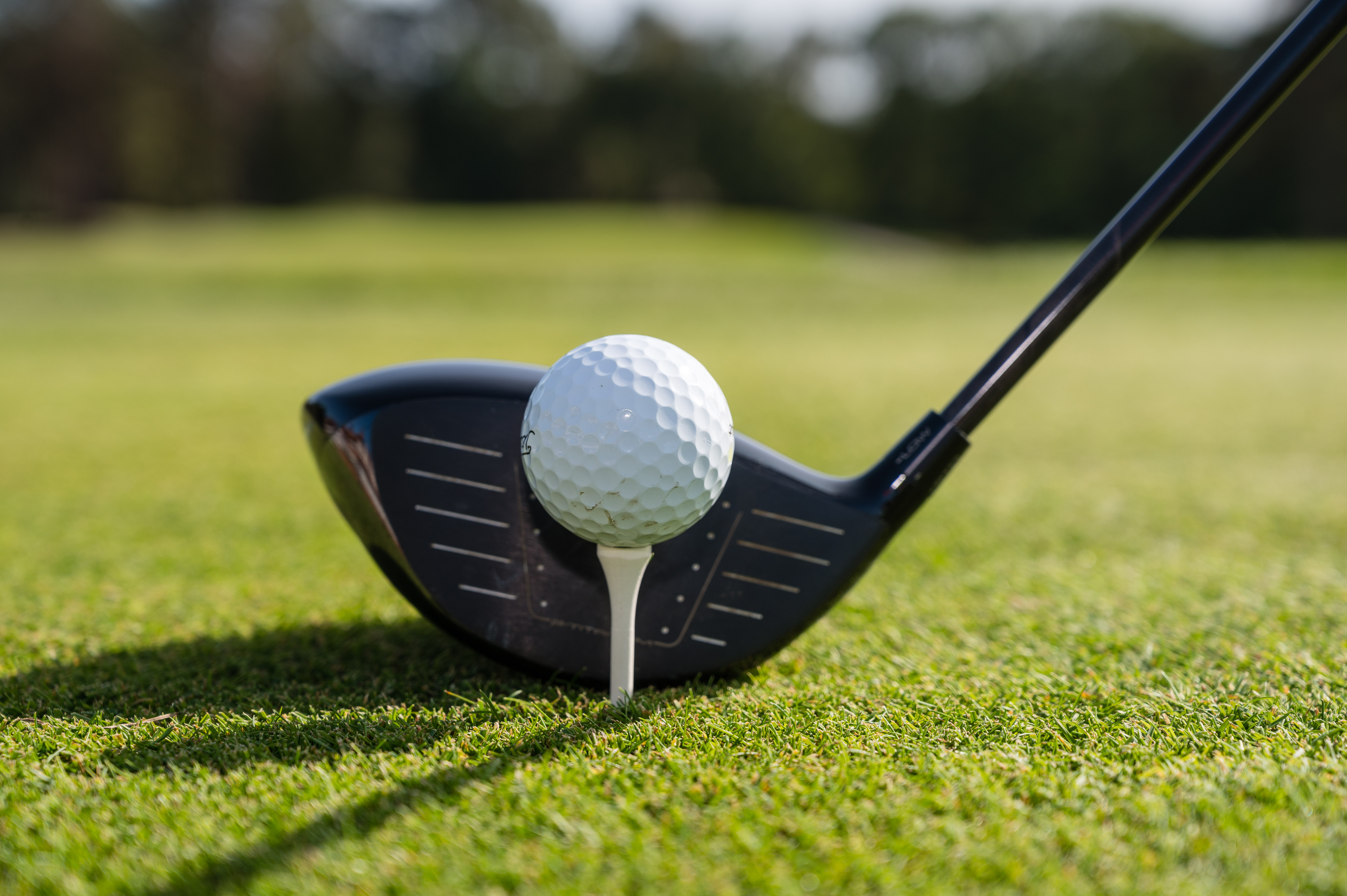
A slight scuff like the one pictured here, will actually make hardly any difference to your shots.
The truth is, most of the damage that can occur during a round of golf makes no real difference to the performance of the ball. We all like to use a fresh ball that’s come straight from the pack, but golf is played on a natural landscape and the look of your ball will change during the round.
If you manage to keep the same one in play from start to finish, only then would we think about retiring it and adding it to the practice bag!
How many golf balls should I carry in my bag?
The answer to this will depend on a couple of things. Firstly, ability. Those with less control over the golf ball are more likely to lose them and as such should consider carrying more to avoid the embarrassment of running out!
Secondly, the difficulty of the course you are playing should also be considered. A venue with lots of thick rough and water will likely necessitate more golf balls than a wide open course with minimal trouble.

Whilst visually appealing, water and other hazards can spell the end of your golf ball
Does a golf ball deaden or lose compression?
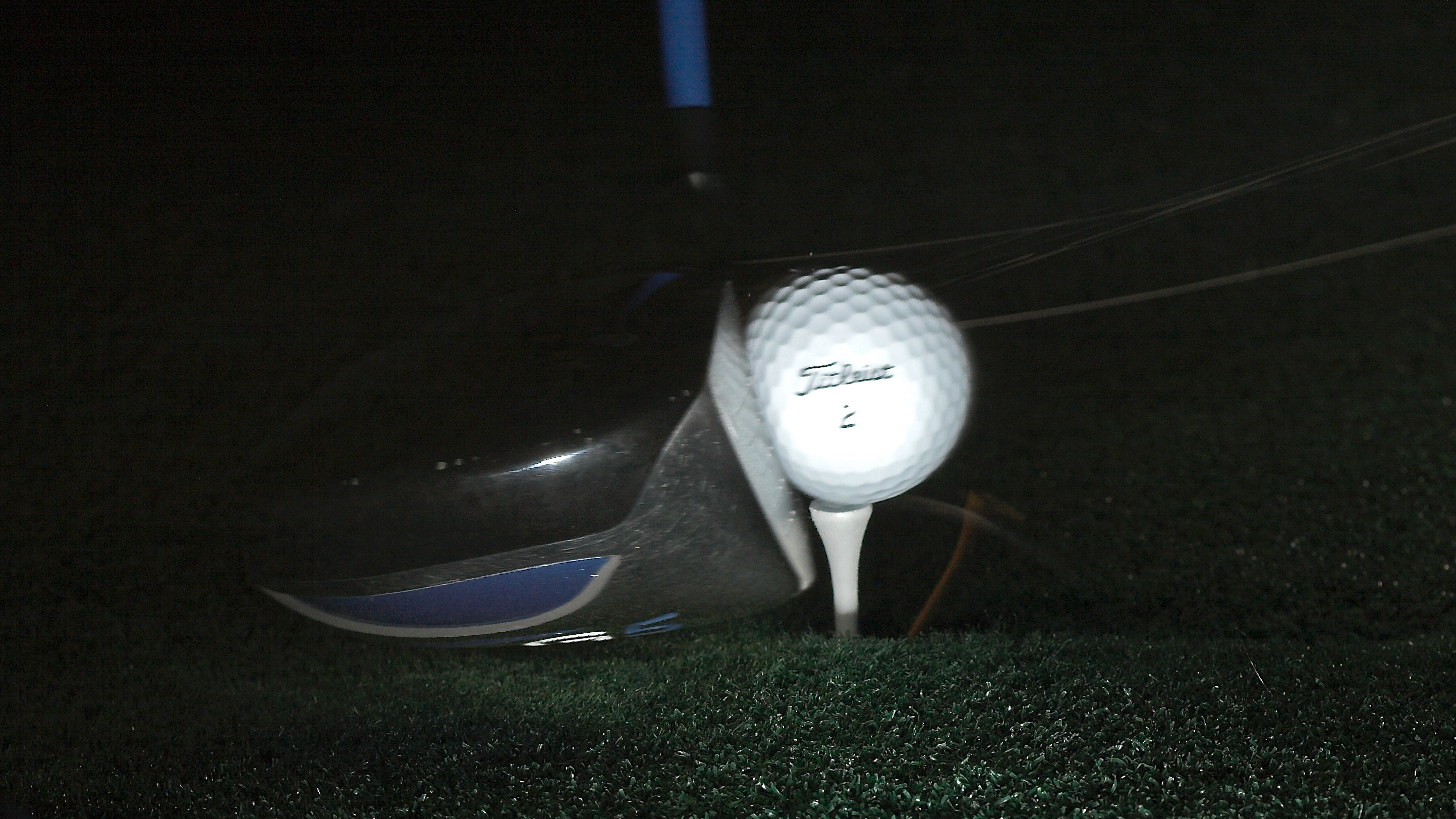
The answer to this will depend on your clubhead speed at impact but for most players this should not be a concern. A premium golf ball should stand up to at least 100 driver impacts, even up to 120mph without any noticeable degradation.
A golf ball will almost certainly need replacing based on damage and wear and tear well before a loss of compression becomes any kind of issue.

Matt joined Golf Monthly in February 2021 covering weekend news, before also transitioning to equipment and testing. After freelancing for Golf Monthly and The PGA for 18 months, he was offered a full-time position at the company in October 2022 and continues to cover weekend news and social media, as well as help look after Golf Monthly’s many buyers’ guides and equipment reviews.
Taking up the game when he was just seven years of age, Matt made it into his county squad just a year later and continues to play the game at a high standard, with a handicap of around 2-4. To date, his best round came in 2016, where he shot a six-under-par 66 having been seven-under through nine holes. He currently plays at Witney Lakes in Oxfordshire and his favourite player is Rory McIlroy, despite nearly being struck by his second shot at the 17th during the 2015 BMW PGA Championship.
Matt’s current What’s In The Bag?
Driver: Honma TW747, 8.75°
Fairway Wood: TaylorMade Rocketballz Stage 2, 15°, 19°
Hybrid: Adams Super Hybrid, 22°
Irons: Mizuno MP54, 5-PW
Wedges: Cleveland 588 RTX 2.0 Tour Satin, 50°, 56°, 60°
Putter: Cleveland TFI 2135 Satin Cero
Ball: Titleist Pro V1x
- Joe FergusonStaff Writer
-
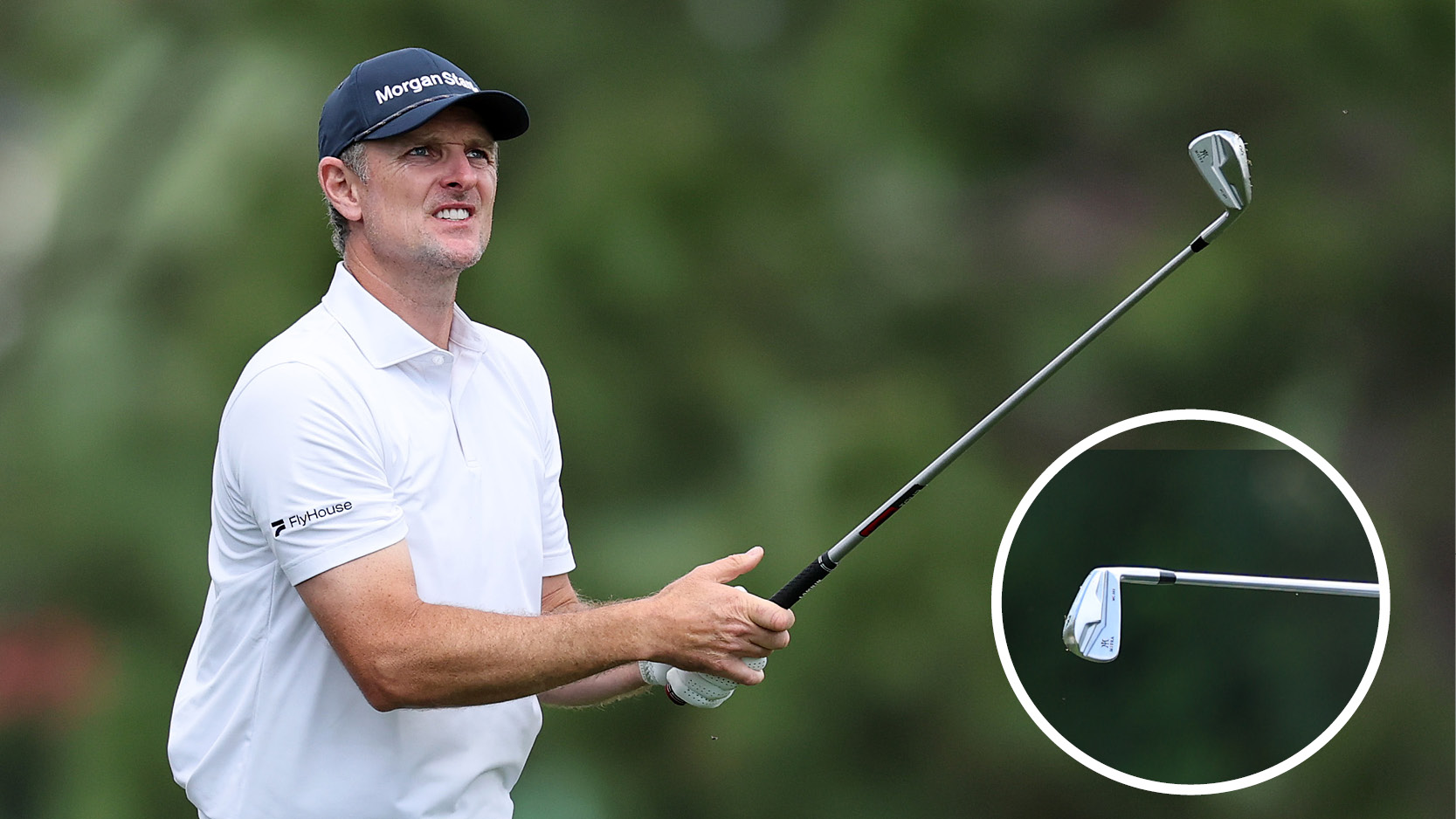 The Stunning Miura Irons Justin Rose Is Using At The Masters
The Stunning Miura Irons Justin Rose Is Using At The MastersJustin Rose leads the 2025 Masters at the halfway stage, and was spotted using an eye-catching set of Miura irons as he tackled Augusta National
By Matt Cradock Published
-
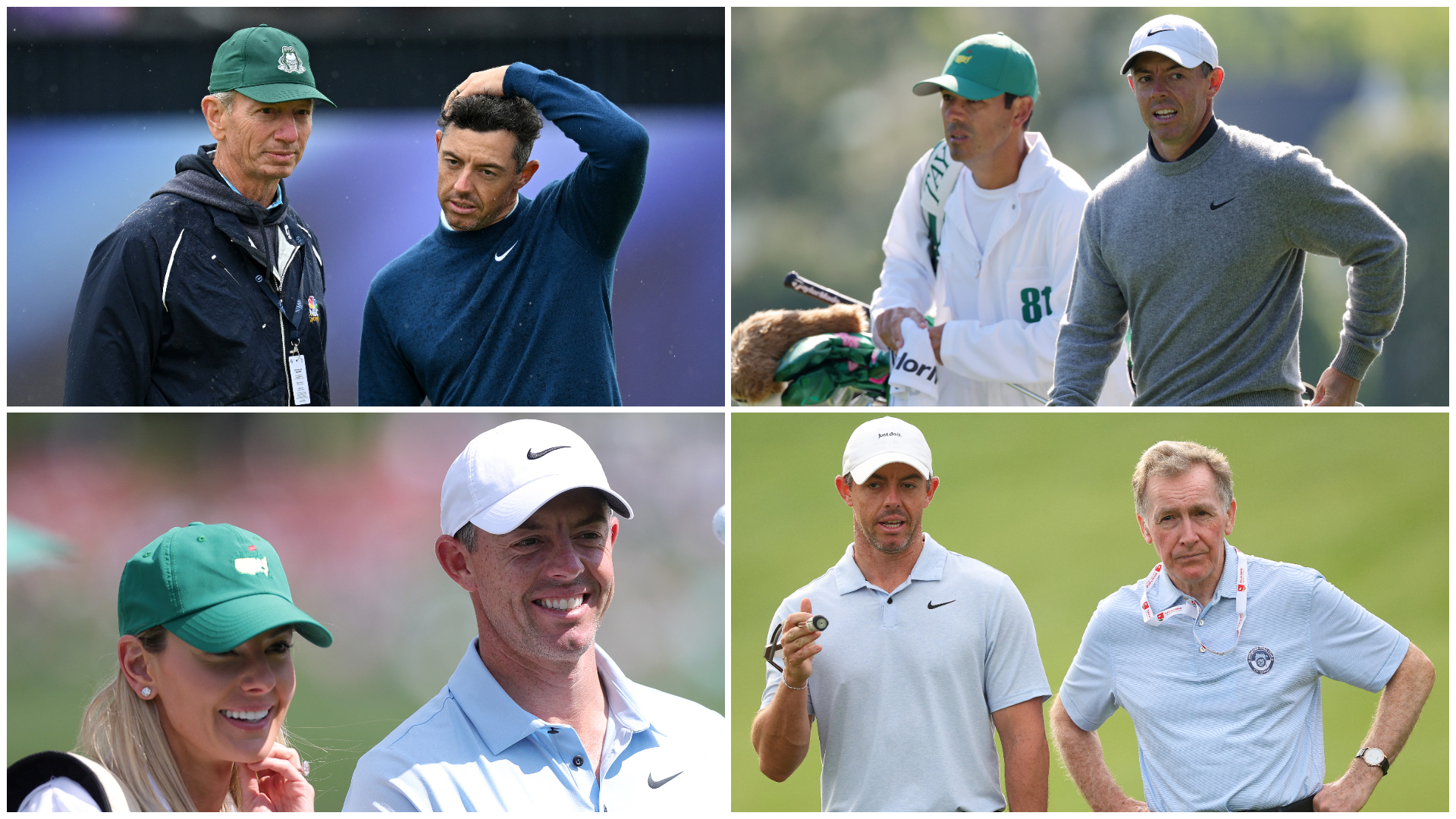 Who Is On Rory McIlroy’s Team? Coaches, Caddie, Wife And More
Who Is On Rory McIlroy’s Team? Coaches, Caddie, Wife And MoreRory McIlroy is one of the game’s biggest stars, but who are the key figures behind the scenes helping his career soar while he keeps his feet on the ground?
By Mike Hall Published
-
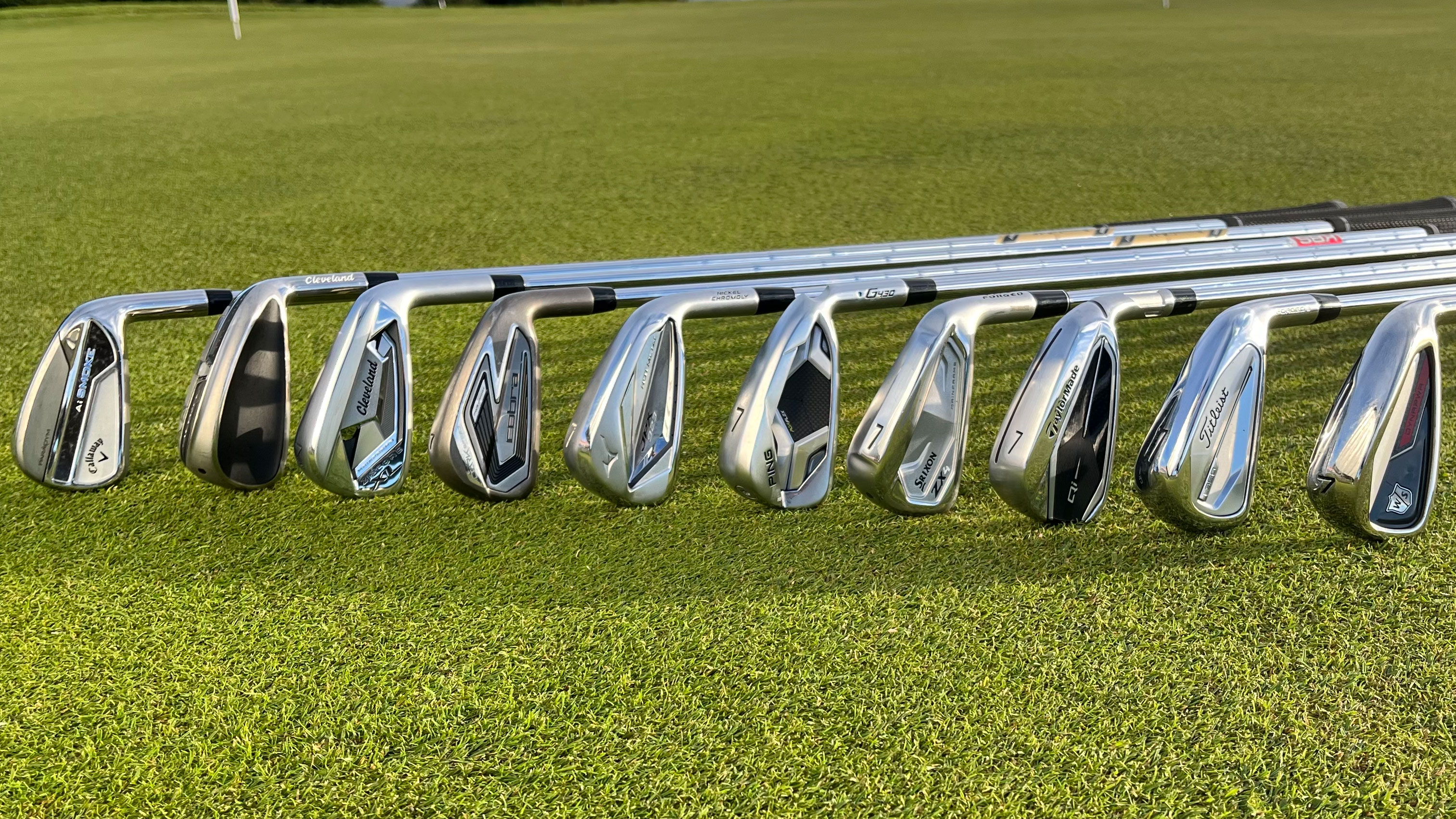 Do You Need Stronger-Lofted Irons? The Arguments For And Against
Do You Need Stronger-Lofted Irons? The Arguments For And AgainstAre you looking for greater distance? We look at the pros and cons of playing irons with stronger lofts
By Michael Weston Published
-
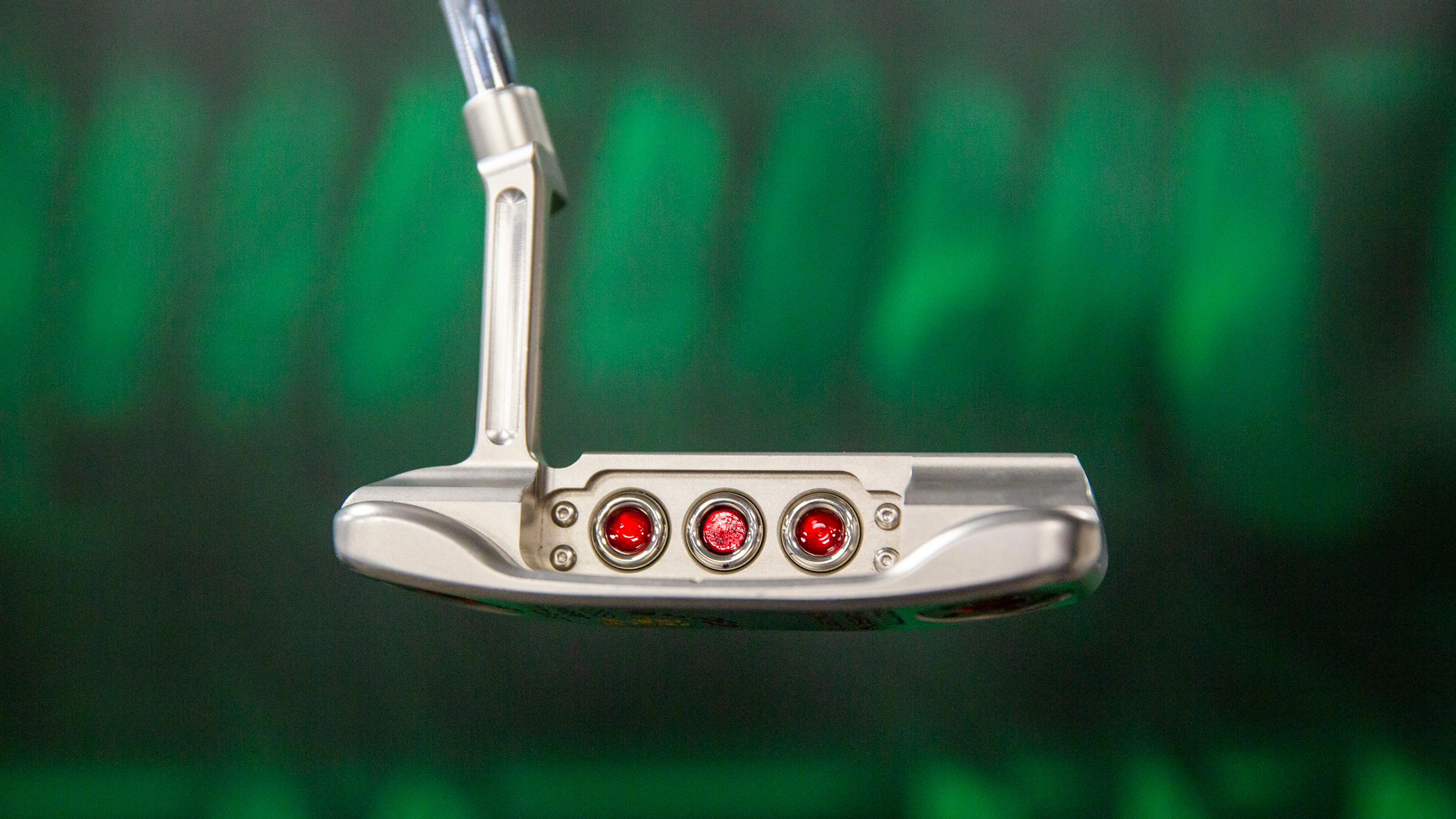 What Is My Putter Worth?
What Is My Putter Worth?Is now the time to part with your flatstick? You might be wondering how much it's worth, but there are many factors to consider that will affect its value...
By Michael Weston Published
-
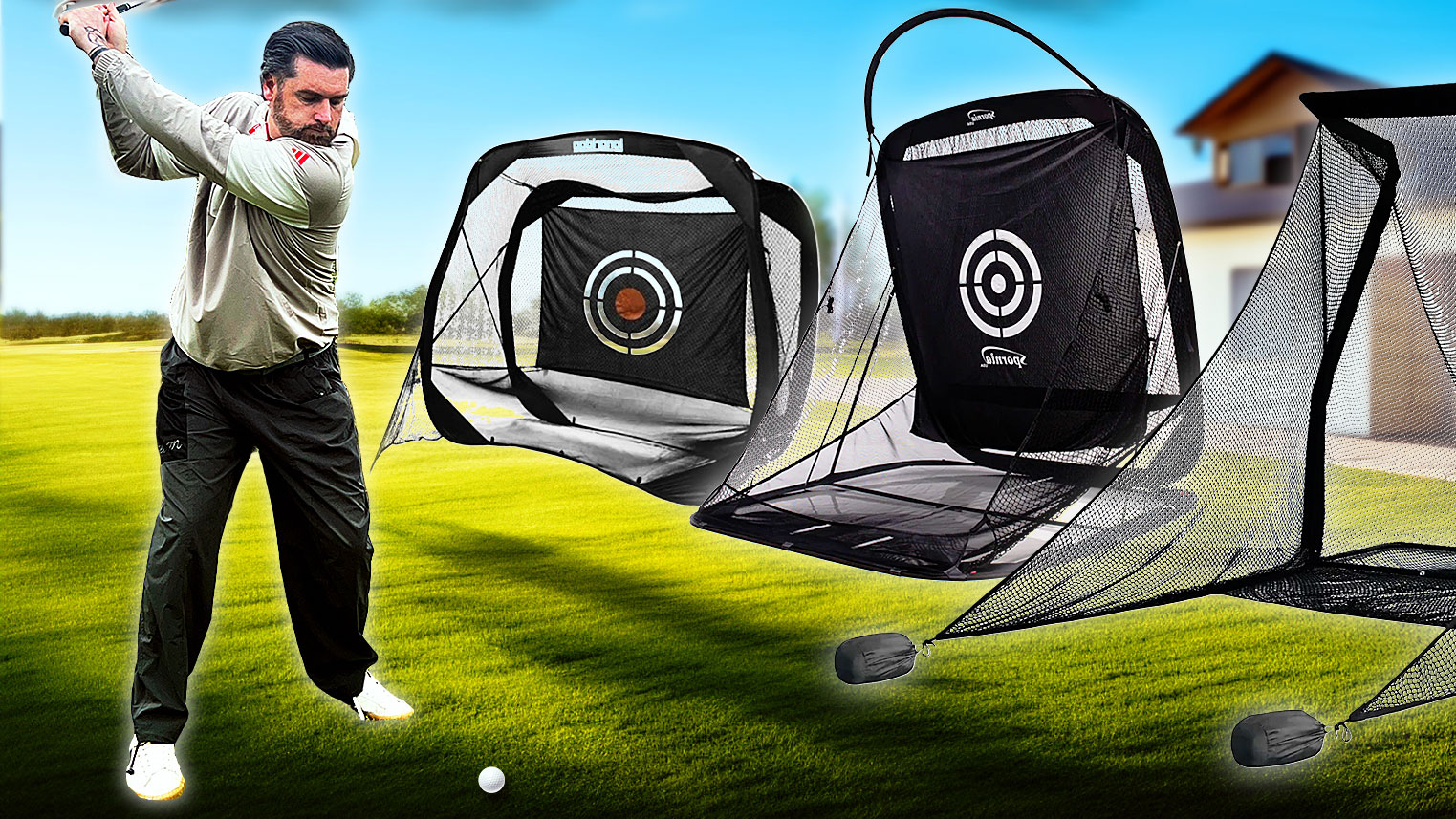 I Tested 5 New Golf Practice Nets And One Really Stood Out
I Tested 5 New Golf Practice Nets And One Really Stood OutJoe Ferguson has been looking at some home practice solutions to see which one might best suit your needs and budget
By Joe Ferguson Published
-
 The 7 Biggest Golf Gear Trends In 2025
The 7 Biggest Golf Gear Trends In 2025Take a look at the most popular golf equipment trends of 2025 and why your game may benefit from them
By Sam De'Ath Published
-
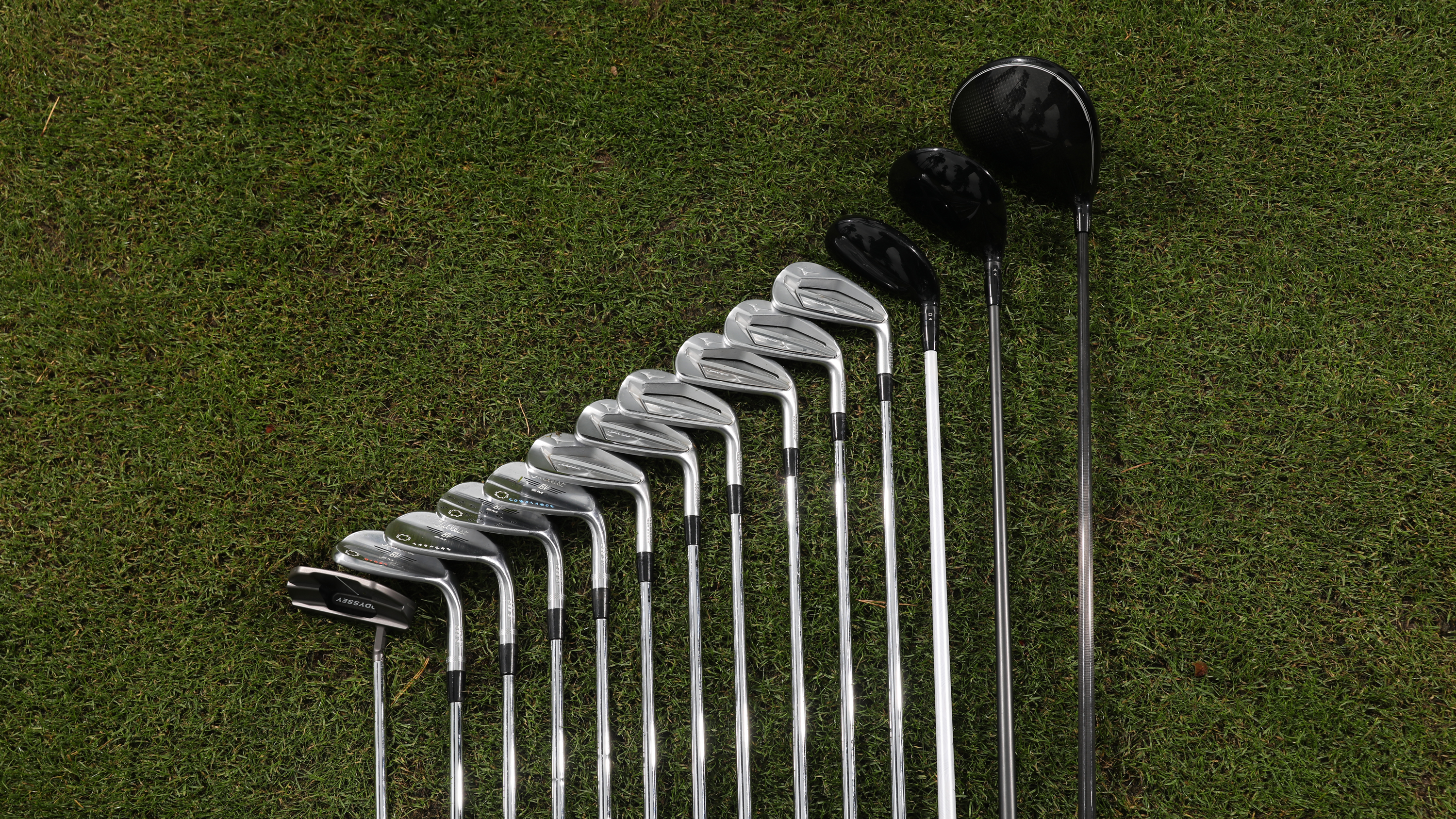 What Club Should Take The 14th Spot In Your Golf Bag?
What Club Should Take The 14th Spot In Your Golf Bag?The Rules say you are allowed to carry 14 clubs so you might as well do so, choosing the right weapon to complete your set-up could change your game.
By Fergus Bisset Published
-
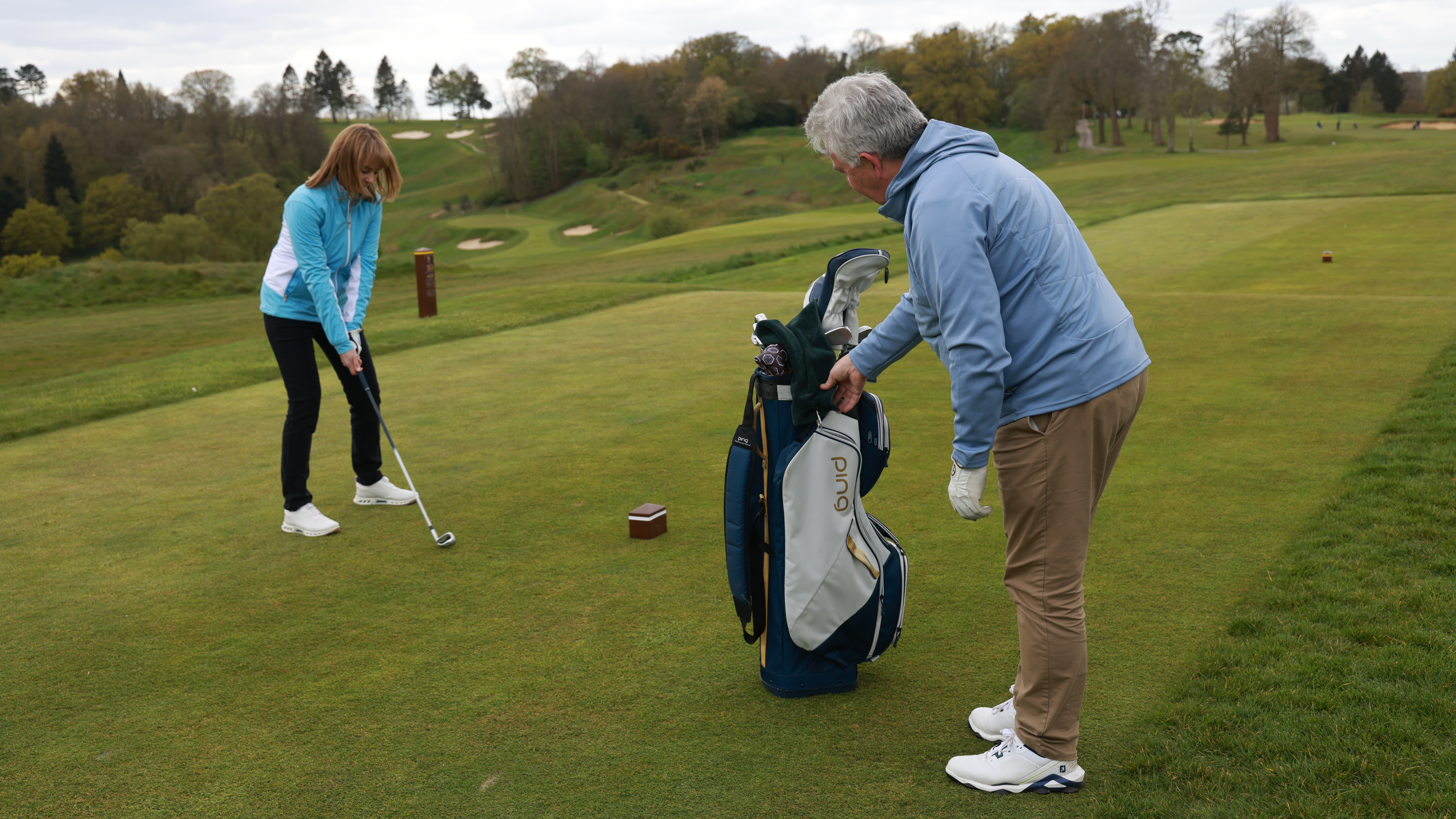 Should Some Men Use Women’s Golf Clubs?
Should Some Men Use Women’s Golf Clubs?Could a swap to women’s golf clubs help some men’s games? Is it a realistic option to make the switch? We spoke to a PGA pro to get the answer
By Fergus Bisset Published
-
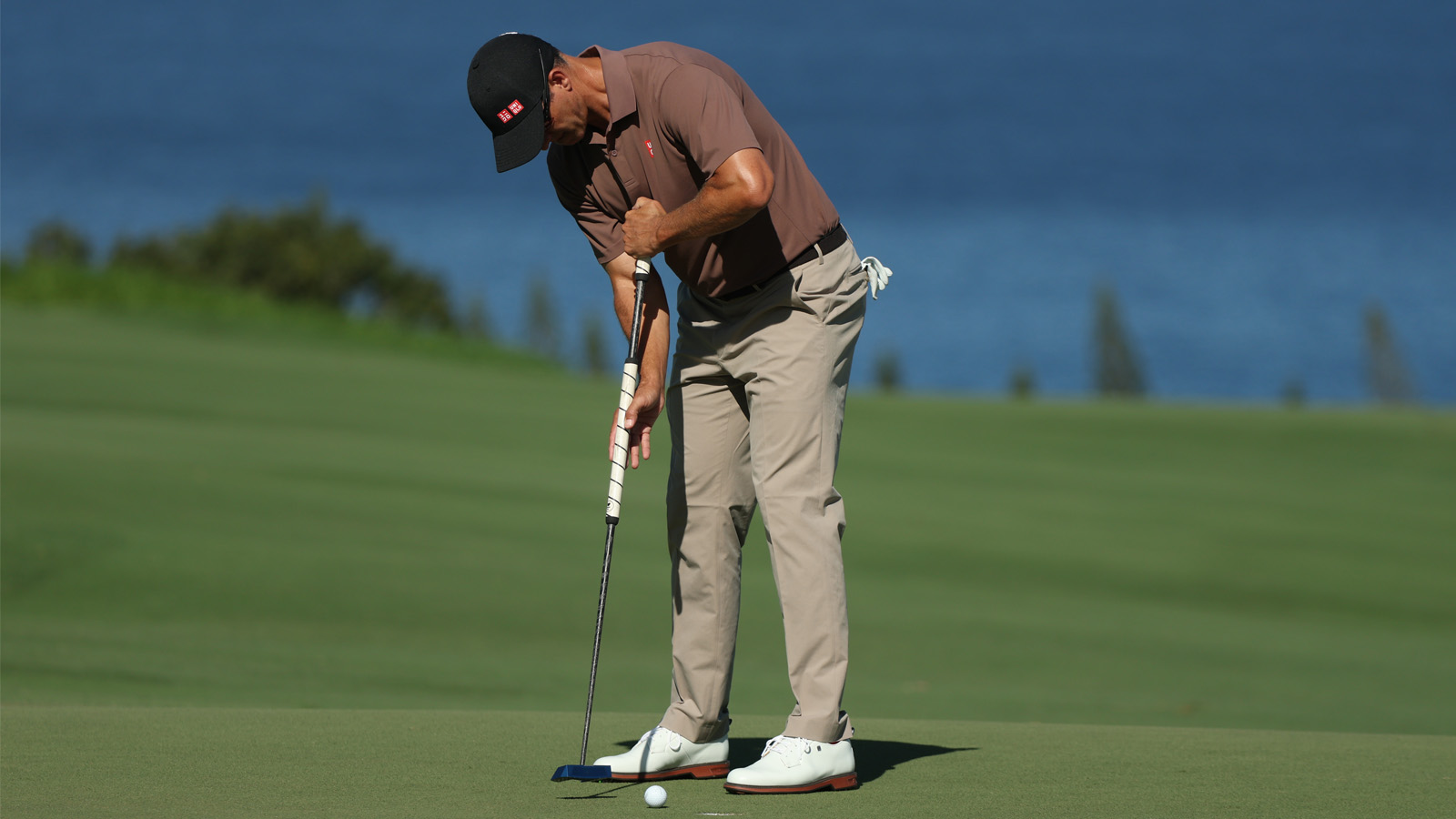 Long Putters Are On The Comeback And I Don't Like It
Long Putters Are On The Comeback And I Don't Like ItIncreasingly used by some of the best golfers in the world, are long putters making a comeback that no-one saw coming? I for one hope not
By Sam De'Ath Published
-
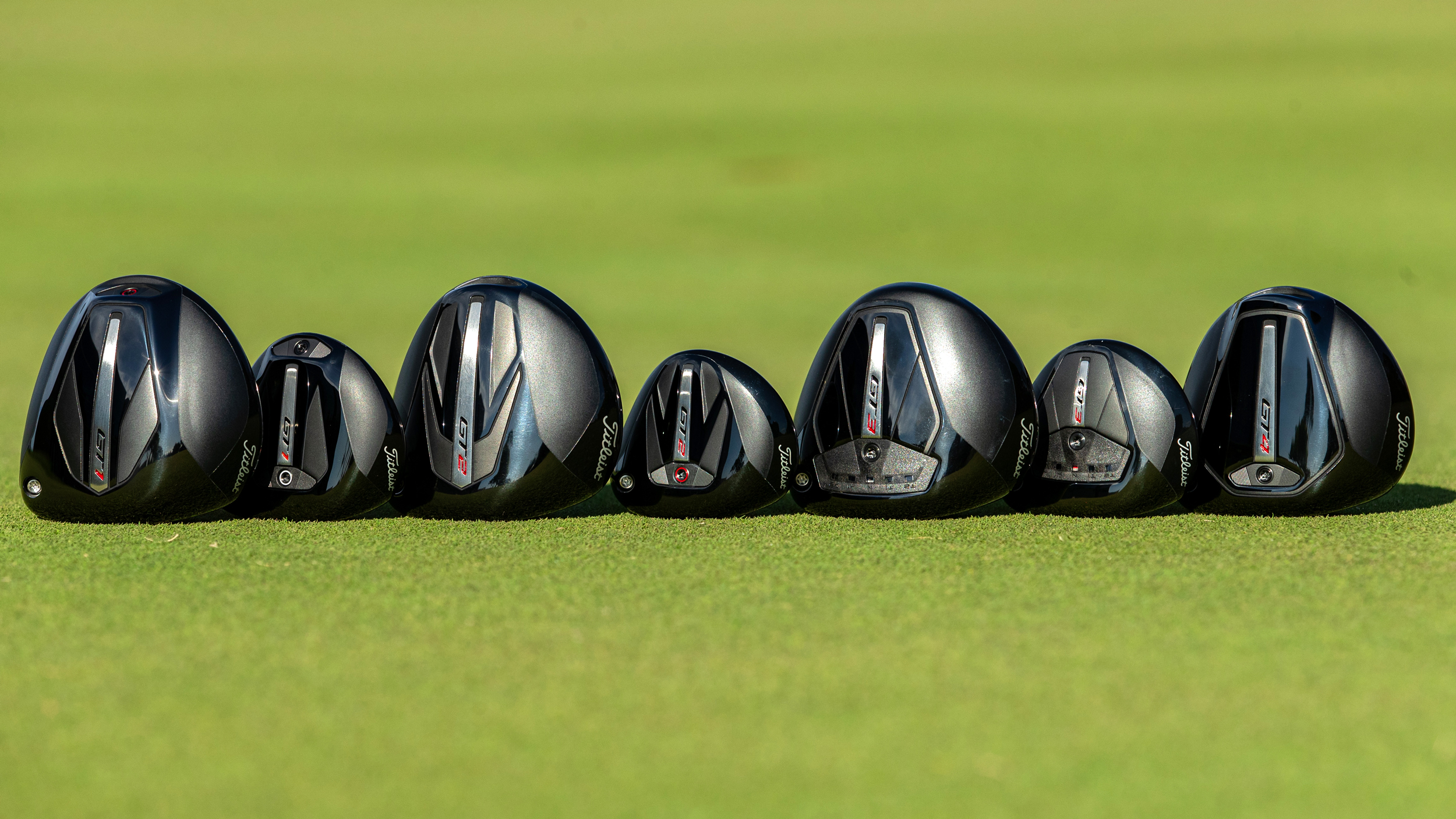 How To Build The Right Set Of Metalwoods For Your Game
How To Build The Right Set Of Metalwoods For Your GameHow should you configure the clubs at the top end of the bag? We outline everything you need to consider when choosing a driver, fairway wood and hybrid…
By Joel Tadman Published